| Wednesday, November 17, 2021 | |
OPENING KEYNOTE |
|
| 10:00 | Opening remarks by Laith Altimime, President, SEMI Europe |
| 10:10 | Next Decade of Semiconductor Innovation in Europe |
Ann B. Kelleher, Senior Vice President and General Manager of Technology Development, Intel Corp. Next Decade of Semiconductor Innovation in Europe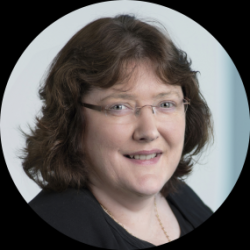
 Abstract Biography |
|
SESSION 1: IMAGINING THE NEW NORMAL |
|
| 10:30 | Opening remarks by session chair, Mario von Podewils, Site Manager Itzehoe, X-FAB |
| 10:35 | Market Updates |
Lita Shon-Roy, President/CEO and Founder, TECHCET Market Updates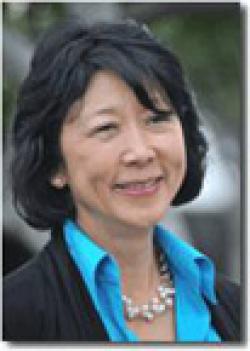
 Abstract Biography |
|
| 10:55 | A Changing Market for Semiconductors |
Ondrej Burkacky, Senior Partner, McKinsey & Company, Inc. A Changing Market for Semiconductors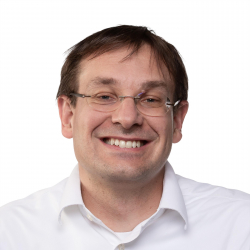
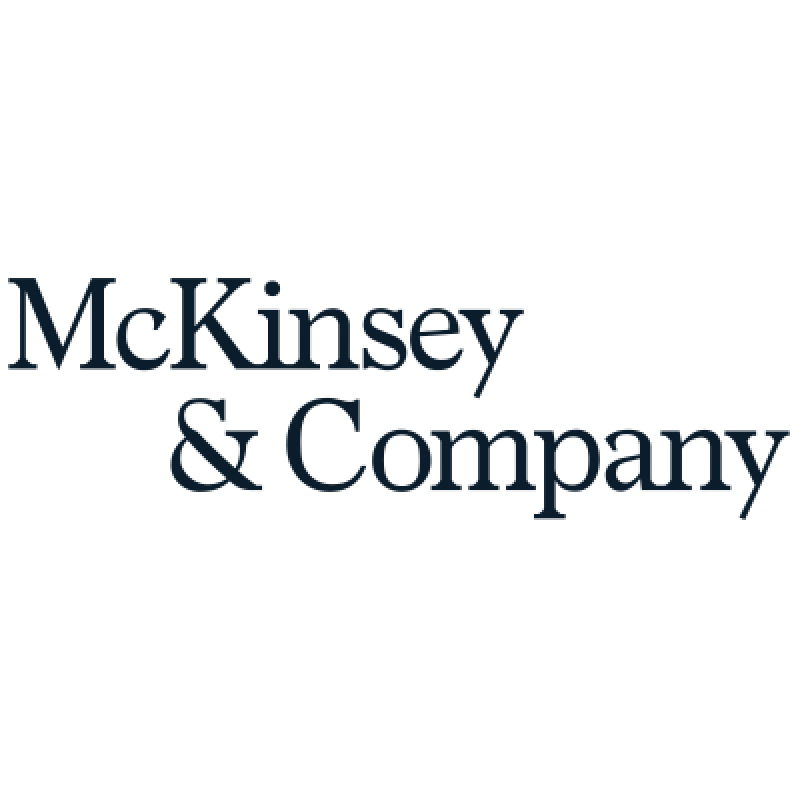 Abstract Biography |
|
| 11:15 | Coronavirus, Chip Boom, and Supply Shortage: The New Normal for Global Semiconductor Manufacturing |
Stephen Rothrock, Founder, President & CEO, ATREG, Inc. Coronavirus, Chip Boom, and Supply Shortage: The New Normal for Global Semiconductor Manufacturing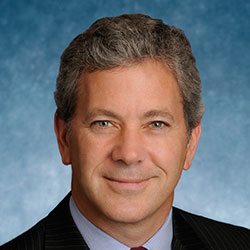
 Abstract Biography |
|
| 11:35 | Success Stories of Digital Transformation: The ASML Case |
Steven Steen, Director, Product Management - 3D Memory Solutions, ASML Success Stories of Digital Transformation: The ASML Case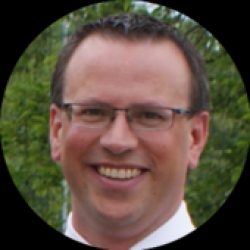
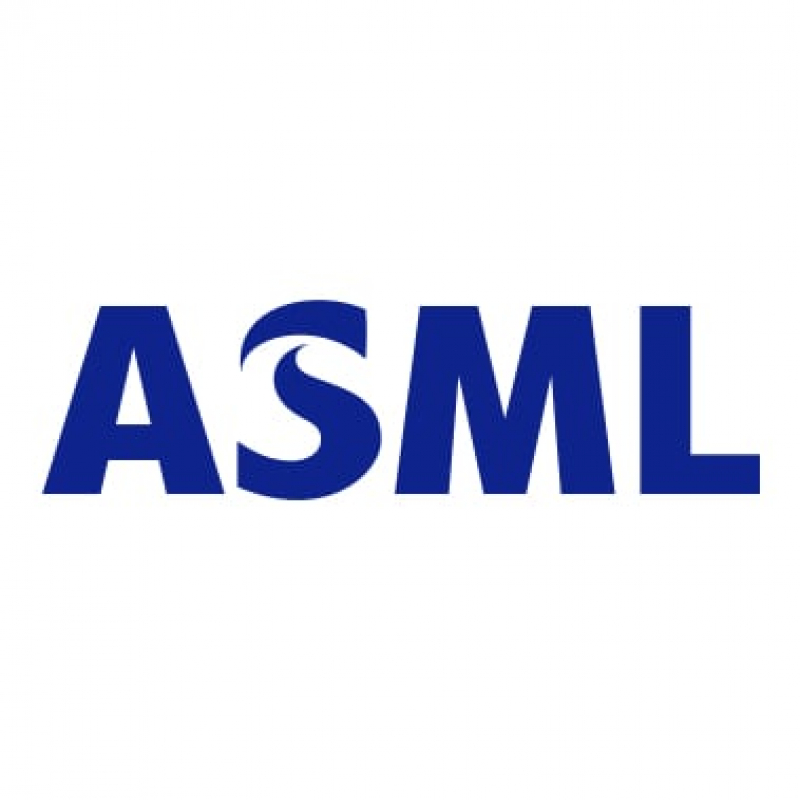 Abstract Biography |
|
| 11:55 |
Panel discussionPanel Discussion |
| Moderation | Ondrej Burkacky, McKinsey & Company, Inc. |
| Panelists |

 Biography 
 Biography 
 Biography 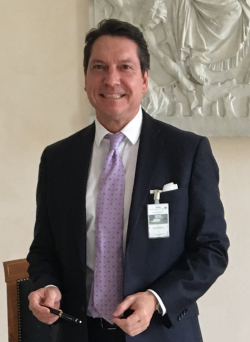
 Biography |
| 12:25 | Lunch break |
SESSION 2: SUSTAINABLE MANUFACTURING SOLUTIONS |
|
| 13:15 | Opening remarks by Joerg Recklies, Senior VP, Infineon Technologies |
| 13:20 | We create technology for a sustainable world, in a sustainable way – Our commitment to be Carbon neutral |
Alessandro Beretta, Facilities Director, STMicroelectronics We create technology for a sustainable world, in a sustainable way – Our commitment to be Carbon neutral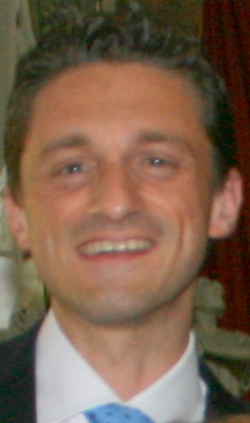
 Abstract Biography |
|
| 13:40 | Broader view of sustainability challenges for a subfab in Europe |
Chris Jones, Environmental Solutions Business Development Manager, Edwards Broader view of sustainability challenges for a subfab in Europe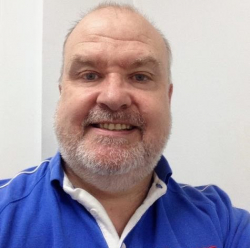
 Abstract Biography |
|
| 13:55 | Mental Ill Health – The other invisible threat |
Caroline Gierczynski, Senior Manager, Field Service SHE, Edwards Vacuum Mental Ill Health – The other invisible threat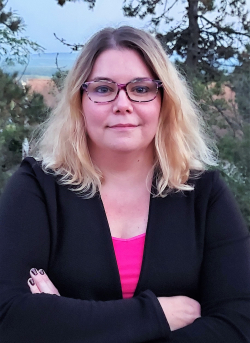
 Abstract Biography |
|
| 14:10 | An Emerging Process Technology for Europe |
Reinhart Richter, President, EBARA Precision Machinery Europe GmbH An Emerging Process Technology for Europe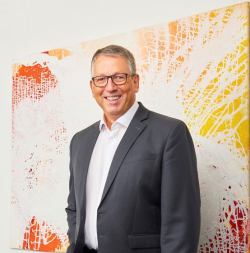
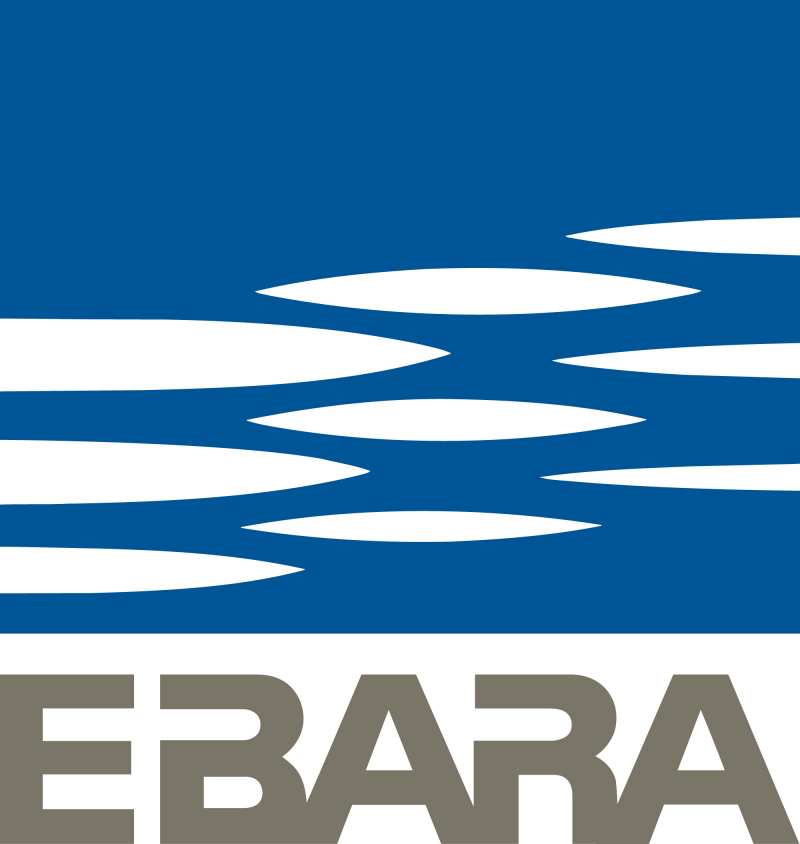 Abstract Biography |
|
| 14:30 | How Can a Supplier Help Its Semiconductor Customers to Fight against the Supply Chain Crisis in Time of Covid ? |
Yutao Huang, Helium Director, Air Liquide How Can a Supplier Help Its Semiconductor Customers to Fight against the Supply Chain Crisis in Time of Covid ?
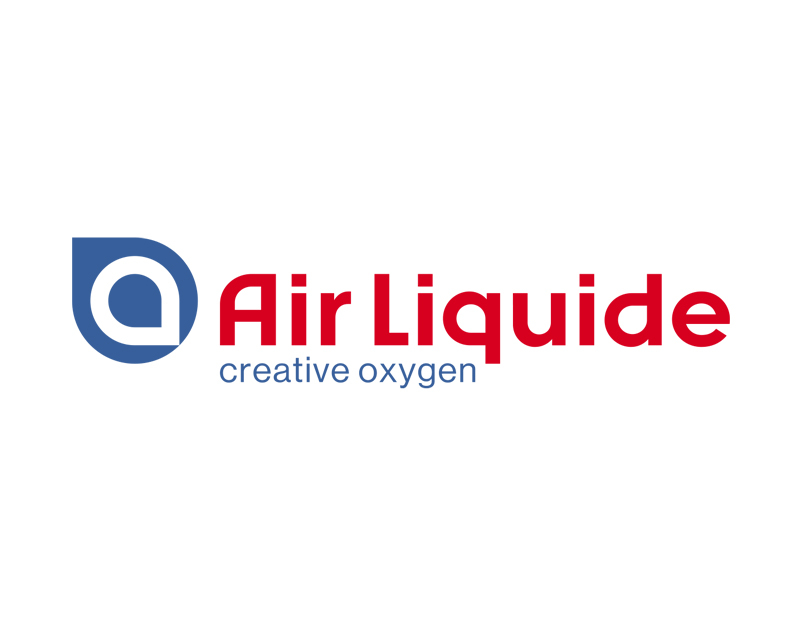 Abstract Biography |
|
| 14:50 | Coffee break |
SESSION 3: FAB AUTOMATION: PROCESS & EQUIPMENT TRANSFORMATION FOR A CONNECTED, INTELLIGENT FAB |
|
| 15:15 | Opening Remarks by Session Chair, Dr. Susan Weiher, VP Engineering Operations, OSRAM Opto Semiconductors GmbH |
| 15:20 | Reduced time to production after equipment delivery |
Thomas Gebhardt, Manager Technical Sales, Ap-s Reduced time to production after equipment delivery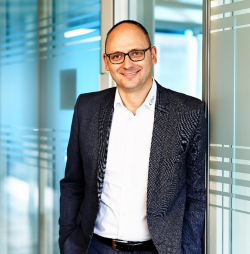
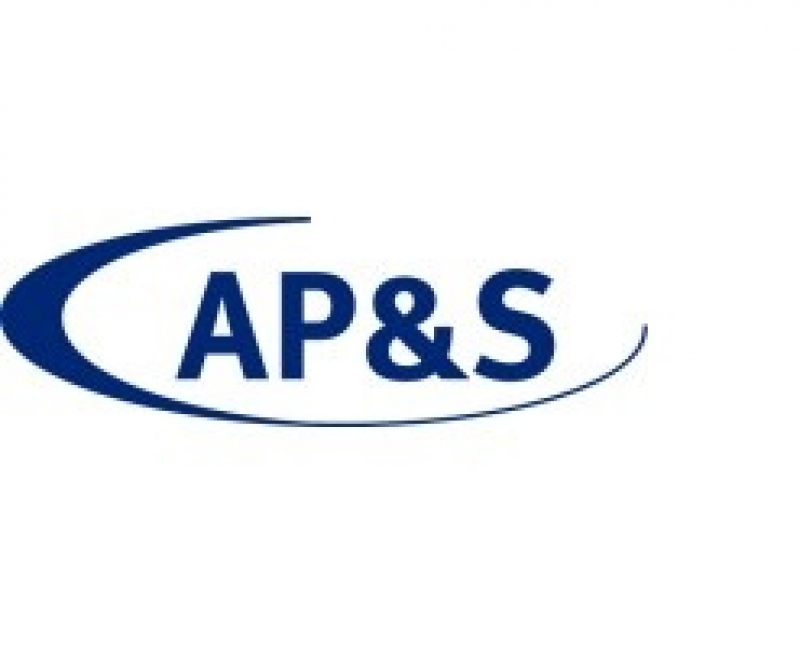 Abstract Biography |
|
| 15:30 | Smart to the Rescue! |
John Behnke, GM Final Phase Systems, INFICON Smart to the Rescue!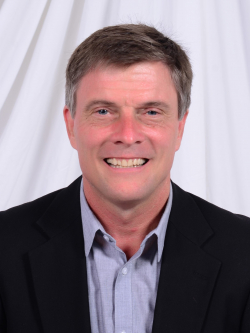
 Abstract Biography |
|
| 15:50 | How to Replace Conventional Wet Etch/Clean Tools with Batchspray® Equipment, While Reducing Chemical Costs and Achiving More Clean Room Space? |
David Neunteufel, Global Account Manager, Siconnex customized solutions GmbH How to Replace Conventional Wet Etch/Clean Tools with Batchspray® Equipment, While Reducing Chemical Costs and Achiving More Clean Room Space?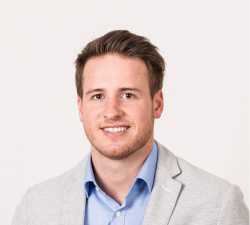
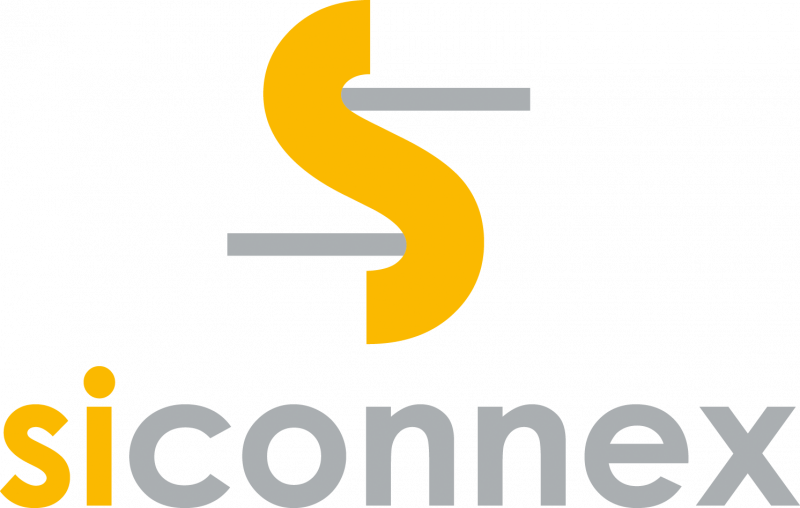 Abstract Biography |
|
| 16:10 | Can AI Optimize Your Equipment's Throughput ? |
Mike Barrett, Director of Global OEM Sales, PEER Group Can AI Optimize Your Equipment's Throughput ?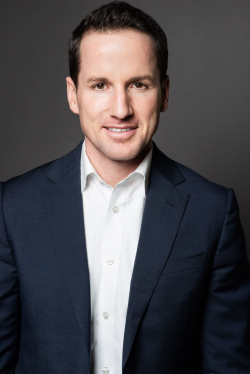
 Abstract Biography |
|
| 16:30 | Supporting Europe’s Semiconductor Expansion Through Localised Training and Service |
Joerg Arnold, Parts and Service Sales Executive, Tokyo Electron Europe Limited Supporting Europe’s Semiconductor Expansion Through Localised Training and Service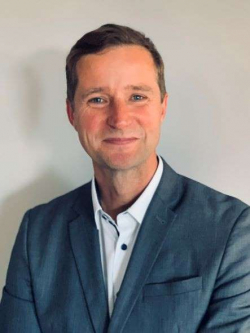
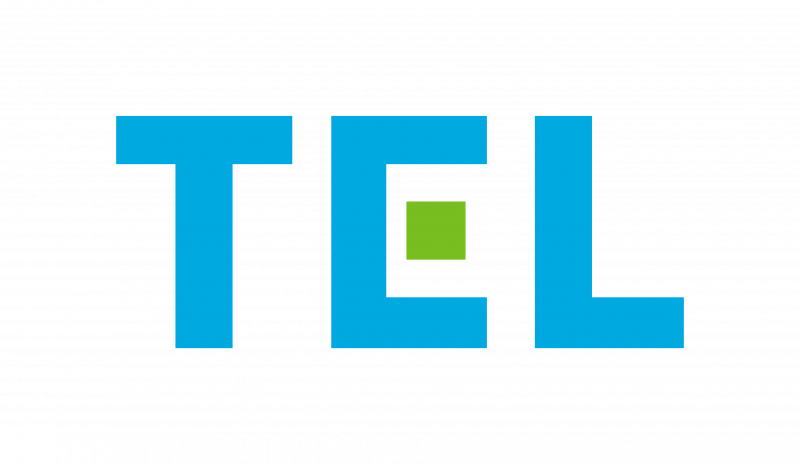 Abstract Biography |
|
| 16:40 | Enabling smart fabs with next-generation production scheduling |
Jamie Potter, CEO & Co-founder, Flexciton Enabling smart fabs with next-generation production scheduling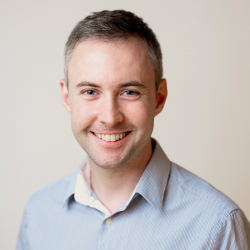
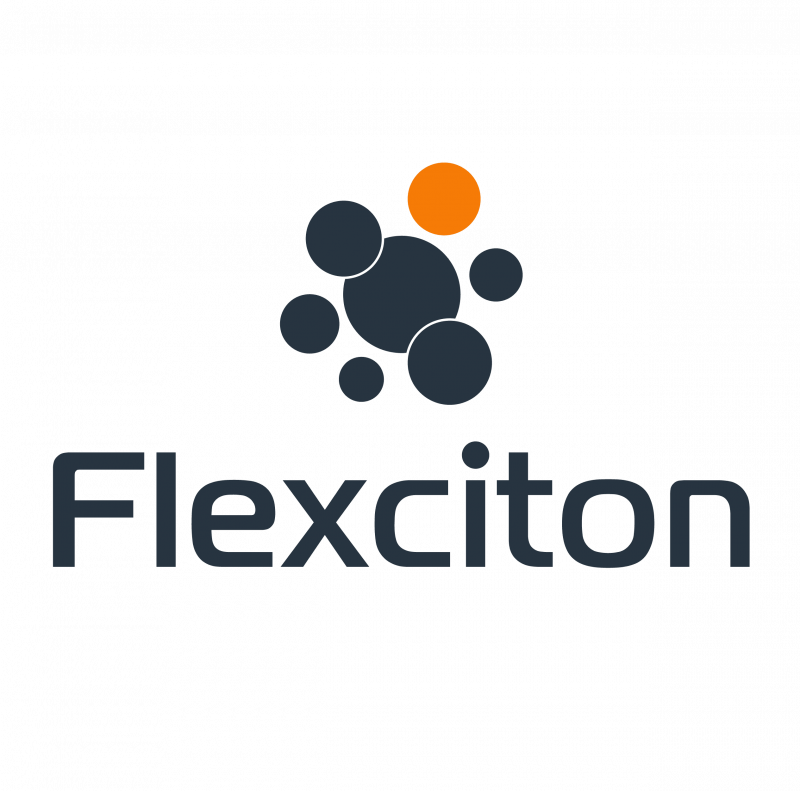 Abstract Biography |
|
| 17:00 | Remote Operations / Training New Employees in Time of Disruption; Integrating New Training Solutions; Managing Operations when Staff is Digital. |
Andreas C. Zimmer, Executive Search & Selection Consultant, ZIAN & Co industrial consulting and recruitment Remote Operations / Training New Employees in Time of Disruption; Integrating New Training Solutions; Managing Operations when Staff is Digital.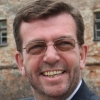
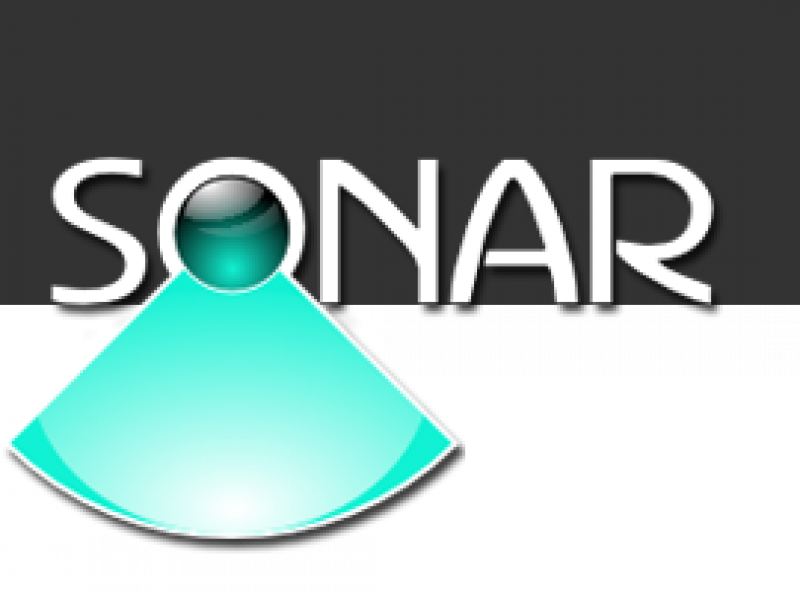 Abstract Biography |
|
| 17:20 | Challenges and Opportunities for Adopting Digital Twins in Semiconductor Industry |
Fahad Golra, Research Coordinator, Agileo Automation Challenges and Opportunities for Adopting Digital Twins in Semiconductor Industry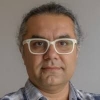
 Abstract Biography |
|
| 17:40 | Vocus: The Most Sensitive Detector of Air Molecular Contaminants |
Carla Frege, Application scientist, Tofwerk Vocus: The Most Sensitive Detector of Air Molecular Contaminants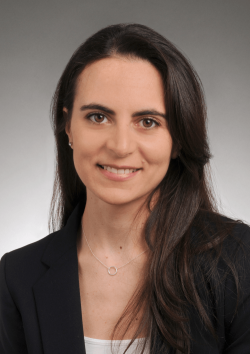
 Abstract Concentration decay of common inorganic acids in a FAB environment. The markers show the quantification limit of each compound. Arrows on the right axis show the 1 minute LOD of the Vocus Biography |
|